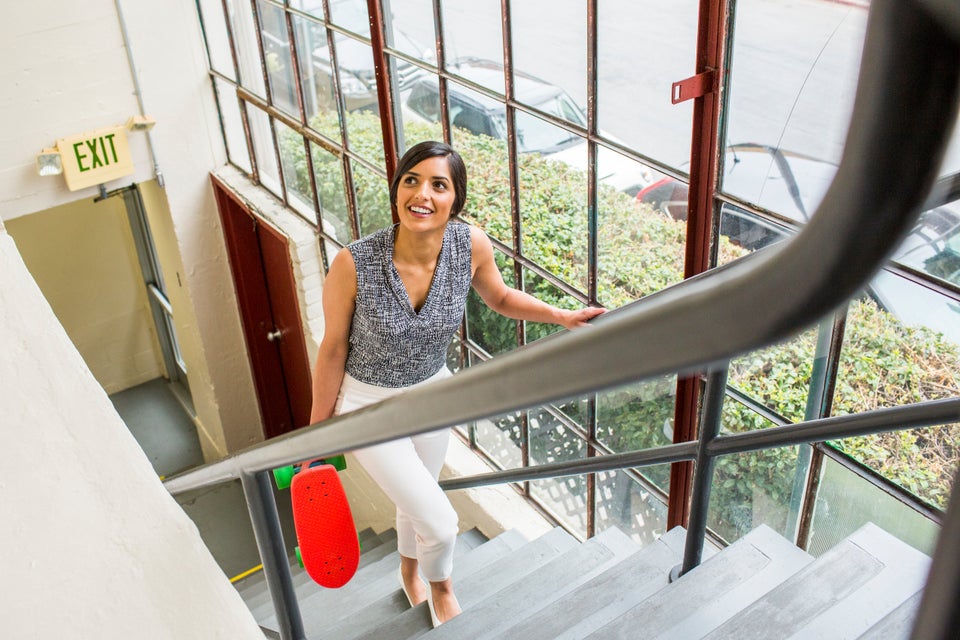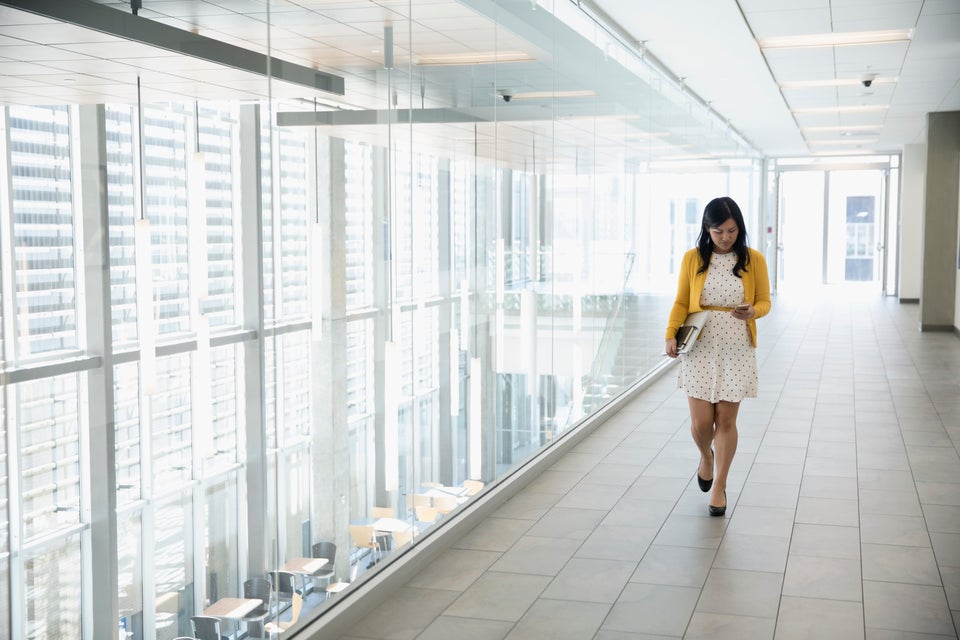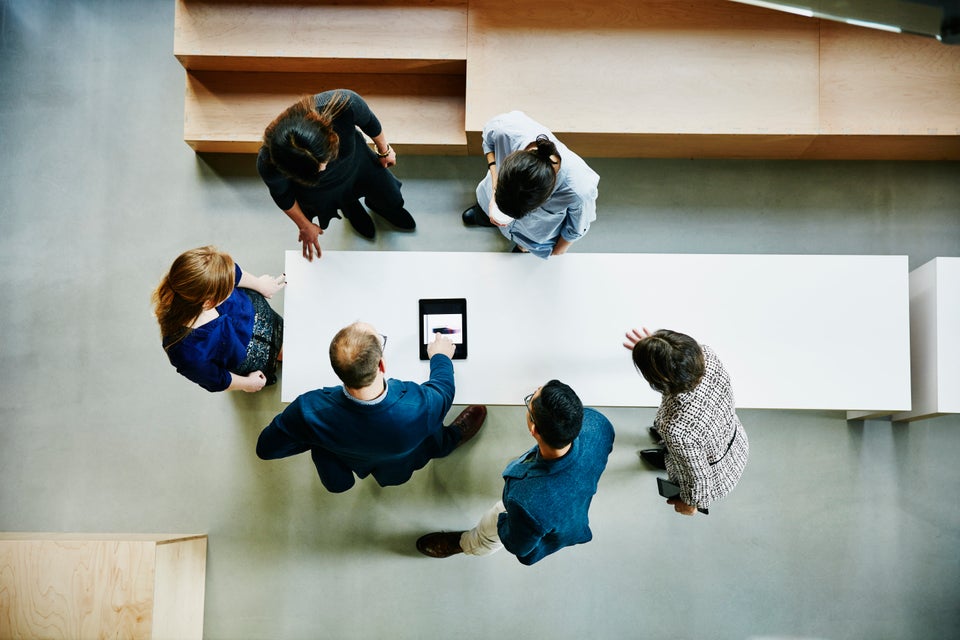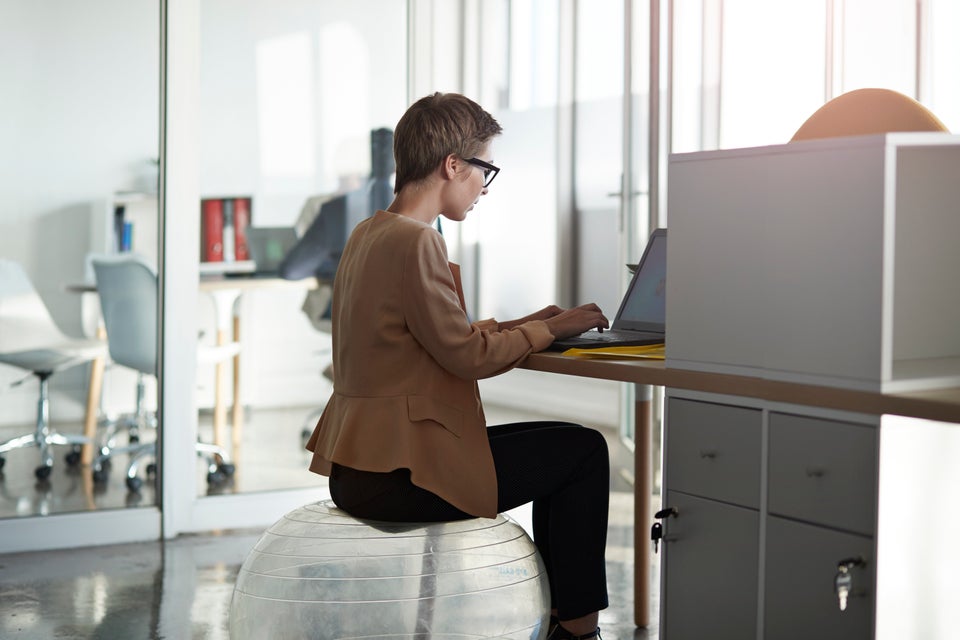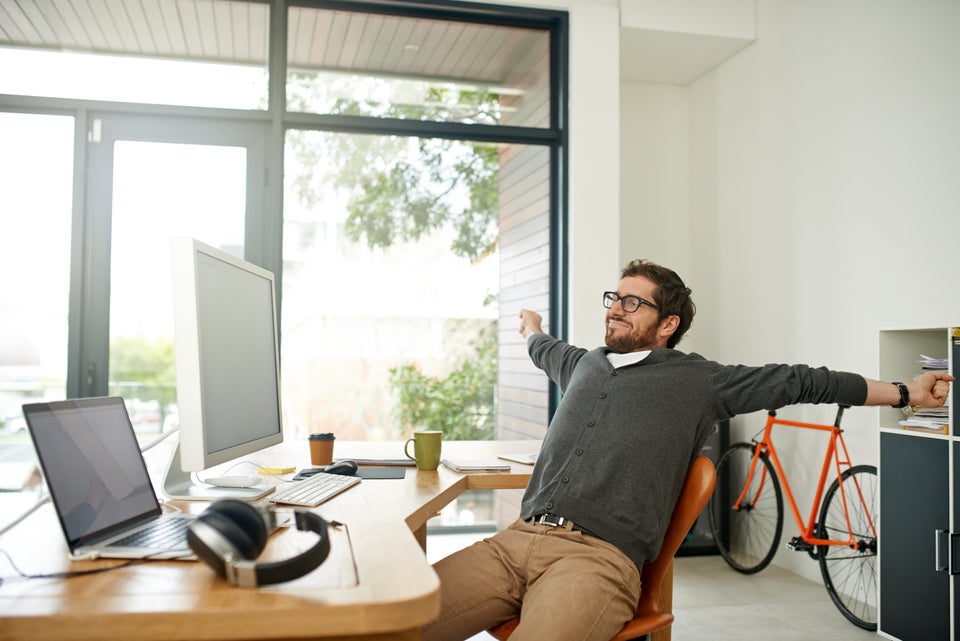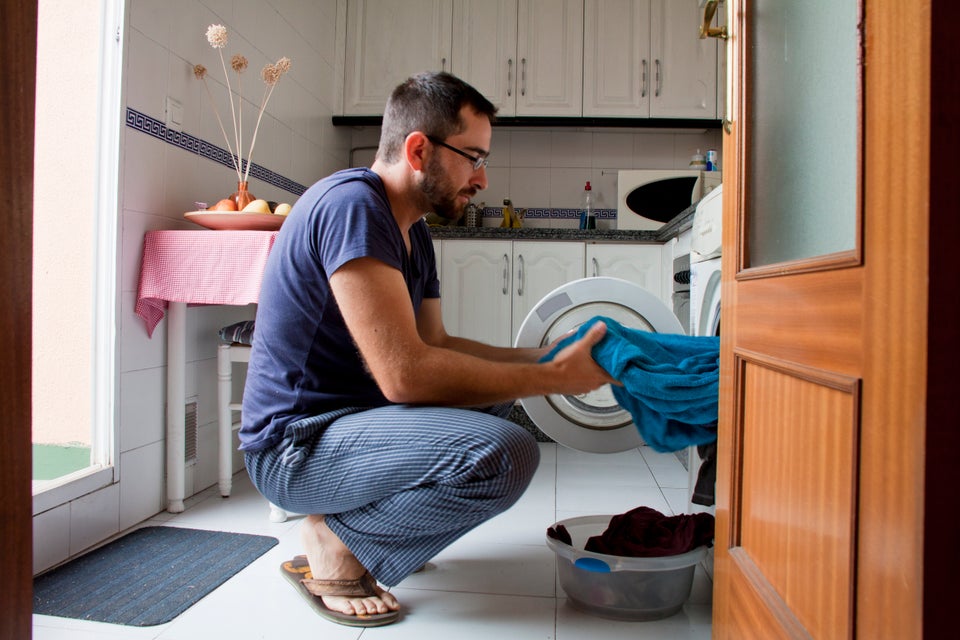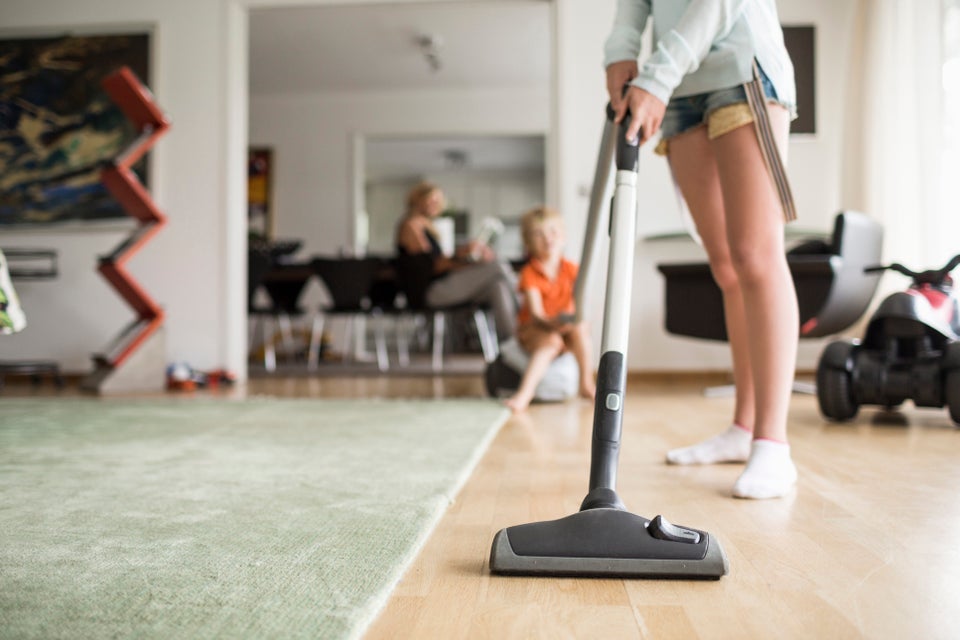The link between sitting and illness was made in the 1950s by Professor Jeremy Morris who found that the physically active London bus conductors had a lower incidence of coronary heart disease than the sedentary bus drivers.
With our lives spent sitting at desks, in front of screens, on sofas and pretty much anything we want being delivered to our doors, we’ve become sedentary. Excessive sitting is linked to obesity, type 2 diabetes, some cancers and premature death.
Stuart Biddle, Professor of Physical Activity and Health at USQ says: ‘The very common working environment these days is to be sitting down and to be not at all physically active, and that compares very dramatically with what we did many decades ago when we moved in our jobs, and the health consequences of that are pretty dramatic.’
So how can we sit less and move more, particularly at work? Here are our 10 tips:
